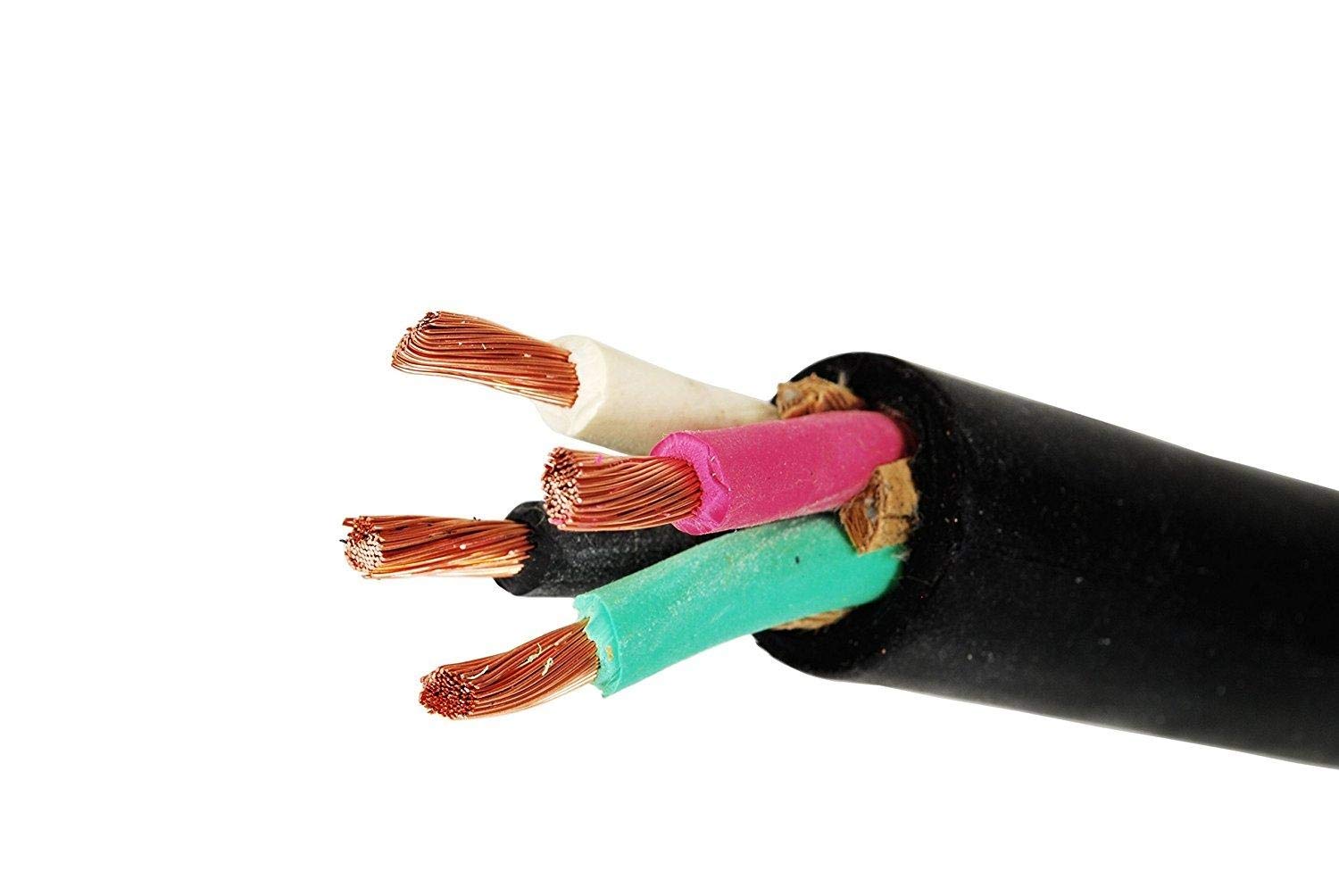

Articles
What Size Conduit For 4 6-Gauge Wires
Modified: August 26, 2024
Discover the right size of conduit for your electrical project. Read our in-depth articles on choosing the correct size of conduit for safely housing 4 #6 wires.
(Many of the links in this article redirect to a specific reviewed product. Your purchase of these products through affiliate links helps to generate commission for Storables.com, at no extra cost. Learn more)
Introduction
When it comes to electrical installations, ensuring proper wire management is crucial. One key aspect of wire management is selecting the right conduit size. Conduit serves as a protective housing for electrical wires, shielding them from damage and providing a neat and organized wiring system.
In this article, we will explore the considerations involved in determining the appropriate conduit size for four #6 wires. Understanding the ins and outs of conduit sizing is essential for homeowners, electricians, and anyone involved in electrical installations.
Before we delve into the specifics, let’s take a moment to understand the purpose and importance of conduit.
Key Takeaways:
- Proper conduit sizing for electrical wires, such as four #6 wires, is crucial for safety and efficiency. Consider wire sizing, fill ratio, conduit type, installation conditions, and future expansion when determining the appropriate conduit size.
- Consulting the National Electrical Code (NEC) and local electrical codes, as well as seeking advice from a licensed electrician, is essential for ensuring compliance and addressing unique considerations when selecting the correct conduit size for four #6 wires.
Read more: What Size Conduit For A 4-Gauge Wire
Understanding Conduit
Conduit is a tubular structure designed to protect and route electrical wires. It can be made of various materials such as metal, PVC, or fiberglass. The primary purpose of conduit is to provide a safe environment for electrical wires, preventing damage from external factors such as moisture, physical impact, and rodents.
Conduit also offers the advantage of organizing and concealing wires, resulting in a cleaner and more professional-looking installation. Additionally, conduit makes it easier to perform maintenance or upgrades in the future, as wires can be easily accessed and replaced without major disruptions.
Conduit comes in different sizes, ranging from half an inch to several inches in diameter. The size of the conduit depends on the number and size of the wires that will pass through it. Choosing the correct conduit size ensures that the wires have enough space to move freely, preventing overheating and reducing the risk of electrical hazards.
In the next section, we will discuss how wire size impacts conduit selection.
Wire Sizing
Wire sizing is a critical factor to consider when determining the appropriate conduit size. The size of the wires is determined by their gauge, with larger gauge numbers representing smaller wire sizes. The National Electrical Code (NEC) provides guidelines for wire sizing, taking into account factors such as the amperage capacity and the length of the wire run.
For residential and commercial applications, the wire size is typically indicated by a numerical value preceded by a ‘#’ symbol. In our case, we are dealing with four #6 wires. The number ‘6’ refers to the wire gauge, which means it is a relatively thick wire capable of carrying a higher amperage load.
It is important to note that wire sizes can vary depending on the specific application and local electrical codes. Consulting the NEC or a licensed electrician is recommended to ensure compliance with safety regulations and to determine the appropriate wire size for your specific project.
Now that we have a basic understanding of wire sizing, let’s move on to calculating the conduit size required for our four #6 wires.
When running 4 #6 wires, a 1 1/4 inch conduit is typically recommended to allow for proper spacing and to meet electrical code requirements. Always consult local codes and a professional electrician for specific guidance.
Calculating Conduit Size for #6 Wires
When determining the conduit size for four #6 wires, several factors come into play. These factors include the wire diameter, the type of insulation, and the number of wires occupying the conduit.
The wire diameter of a #6 wire is approximately 0.162 inches. To calculate the total area of the four wires, we square the diameter and multiply it by the number of wires:
Total Wire Area = (Wire Diameter)^2 x Number of Wires
= (0.162 inches)^2 x 4
= 0.026244 square inches
Once we have the total wire area, we need to account for the fill ratio, which is the maximum recommended percentage of the conduit that should be occupied by wires. For most applications, a fill ratio of 40-53% is typically used.
To calculate the conduit size, we divide the total wire area by the fill ratio:
Conduit Size = Total Wire Area / Fill Ratio
= 0.026244 square inches / 0.4
= 0.06561 square inches
Now that we have the conduit size in square inches, we can refer to conduit sizing charts provided by manufacturers or industry standards. These charts will help us find the appropriate conduit size that can accommodate our four #6 wires.
Please keep in mind that the calculations and conduit sizing mentioned above are general guidelines. The specific requirements may differ based on local electrical codes, installation conditions, and the specific application. It is always best to consult the NEC or a licensed electrician for accurate and detailed conduit sizing information.
Factors to Consider
When determining the appropriate conduit size for four #6 wires, there are several factors to consider. These factors ensure that the conduit can accommodate the wires safely and effectively:
- Wire Fill Ratio: The fill ratio is the percentage of the conduit that can be occupied by wires. It is important to adhere to the recommended fill ratio to prevent overheating and ensure proper wire movement. Different applications and electrical codes may have specific fill ratio requirements.
- Conduit Type: The choice of conduit material is crucial. Different types of conduit, such as metal, PVC, or fiberglass, have varying resistance to temperature, moisture, and physical damage. Consider the specific needs and environmental conditions of the installation when selecting the conduit type.
- Installation Conditions: The installation conditions, such as the presence of bends, turns, or multiple conduit runs, can impact the conduit size requirements. Take into account any special installation considerations that may affect the size and routing of the conduit.
- Future Expansion: It is important to anticipate future expansion or additional wiring needs. Choosing a slightly larger conduit size can allow for easier installation of additional wires or upgrades in the future, saving time and effort.
- Local Electrical Codes: Always consult local electrical codes and regulations when determining conduit size. These codes specify the minimum requirements for conduit sizing and ensure compliance with safety standards in your specific area.
By considering these factors, you can make an informed decision regarding the conduit size for your four #6 wires. It is always recommended to consult a licensed electrician to ensure compliance with regulations and to address any specific considerations for your installation.
Read more: What Size Conduit For 6/3 Wire
Conclusion
Choosing the right conduit size for four #6 wires is crucial for a safe and efficient electrical installation. By understanding the purpose of conduit and considering factors such as wire sizing, fill ratio, conduit type, installation conditions, and future expansion, you can ensure a successful wiring system.
Remember to consult the National Electrical Code (NEC) and local electrical codes for specific requirements in your area. Additionally, seeking the advice of a licensed electrician is highly recommended to ensure compliance and to address any unique considerations for your project.
Proper wire management through the selection of the correct conduit size not only protects the electrical wires from damage but also creates a neat and organized wiring system that is easy to maintain and upgrade in the future.
So, whether you’re a homeowner embarking on a DIY project or a professional electrician, taking the time to calculate and determine the appropriate conduit size for your four #6 wires will result in a safe, reliable, and efficient electrical installation.
Remember, always prioritize safety and consult experts to ensure a successful and compliant electrical installation.
Curious about other DIY electrical and installation projects? If you're planning to extend power to your garage, learning how to run overhead electrical wire is a must. This guide simplifies the process, ensuring safety and efficiency. For those considering renovations or updates inside, mastering conduit installation within walls proves invaluable. Both articles offer practical advice, helping you tackle these projects with confidence.
Frequently Asked Questions about What Size Conduit For 4 6-Gauge Wires
Was this page helpful?
At Storables.com, we guarantee accurate and reliable information. Our content, validated by Expert Board Contributors, is crafted following stringent Editorial Policies. We're committed to providing you with well-researched, expert-backed insights for all your informational needs.
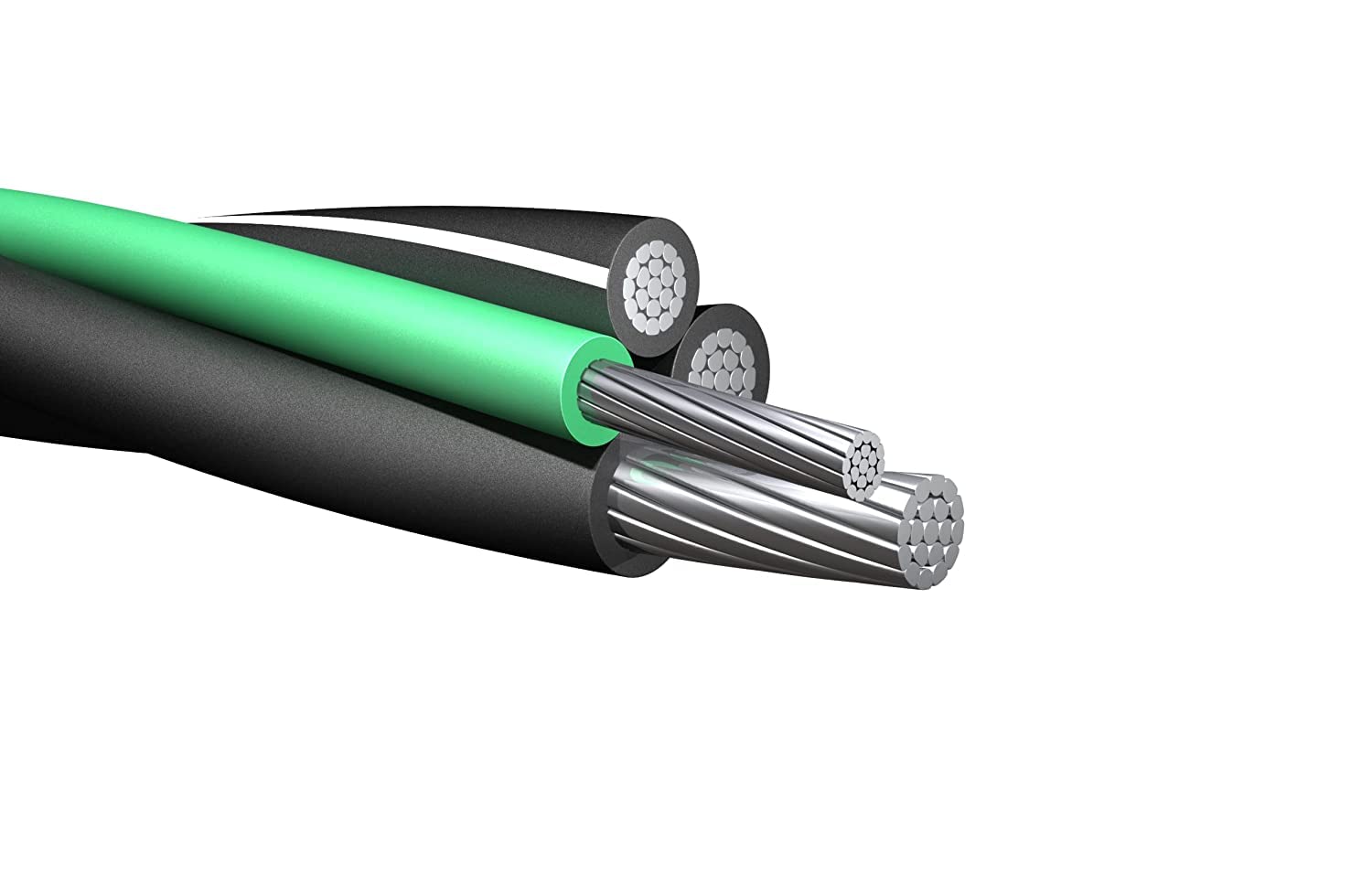
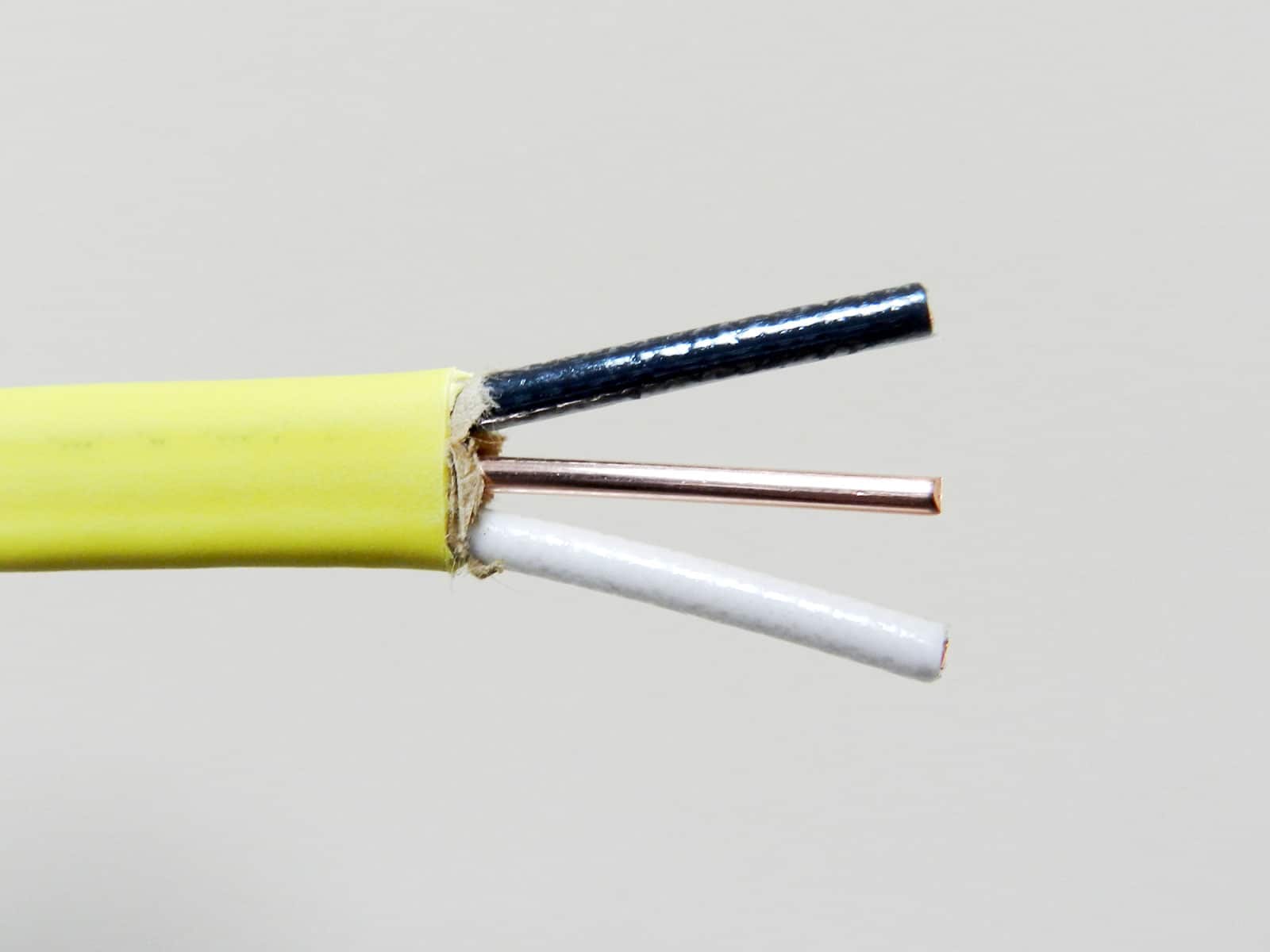
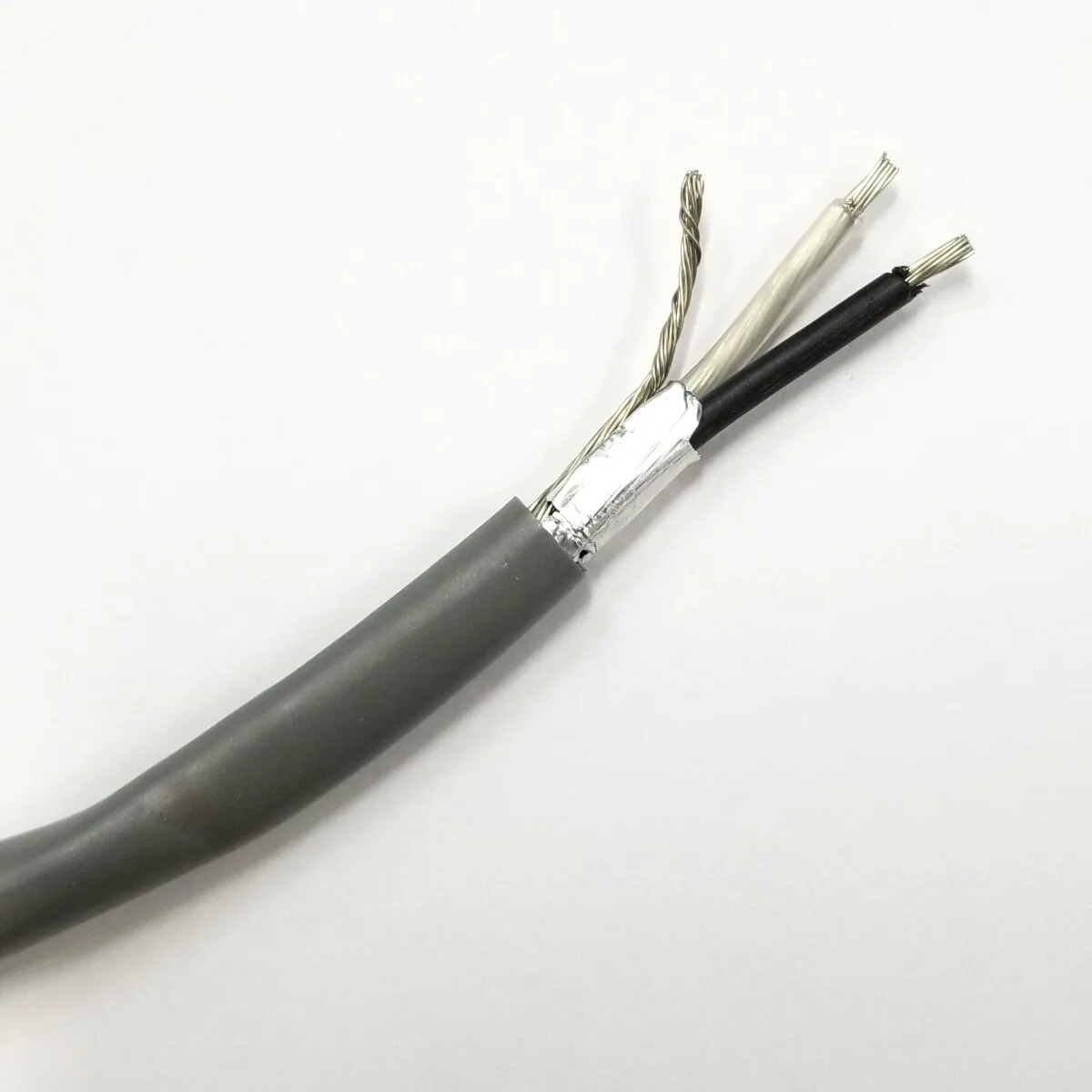
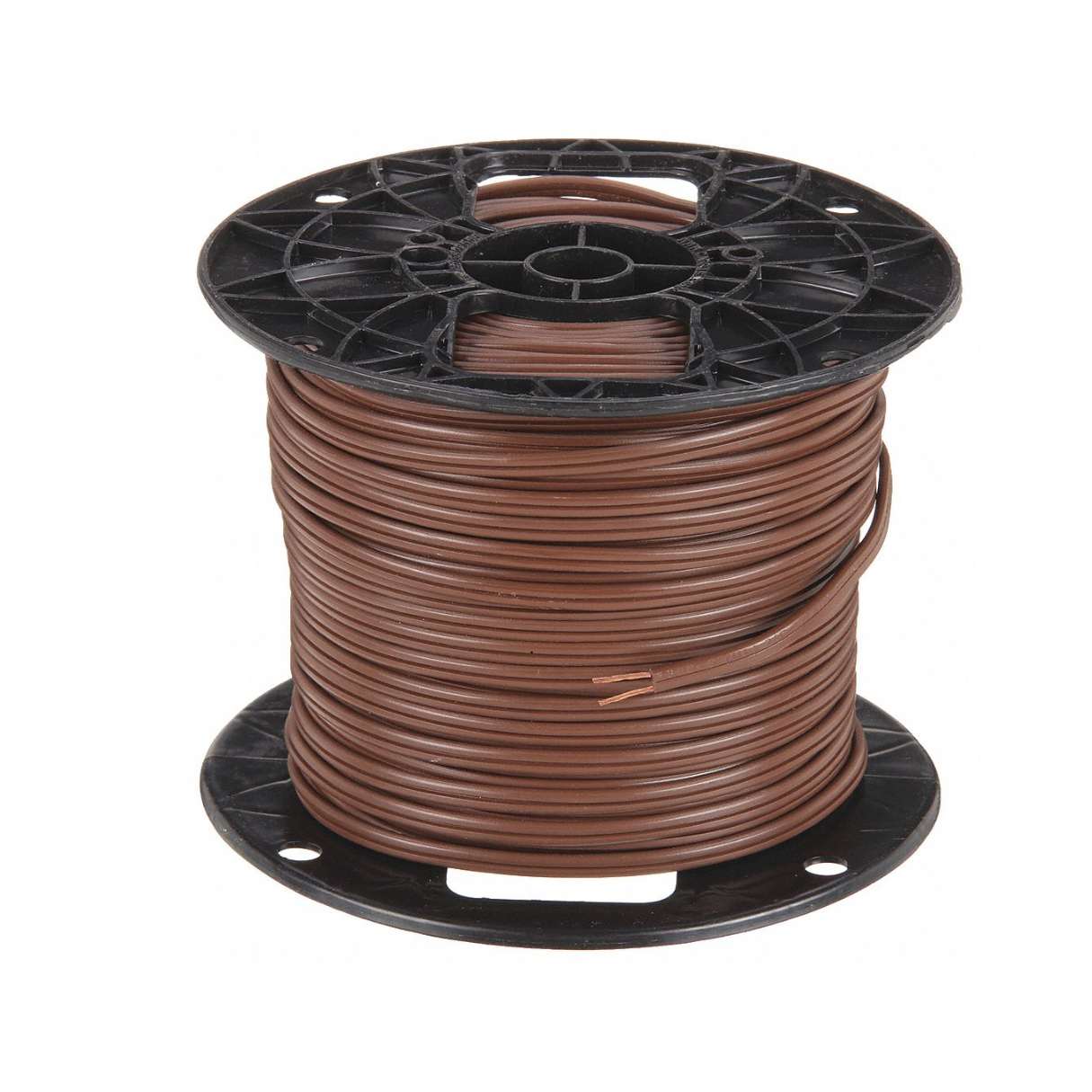
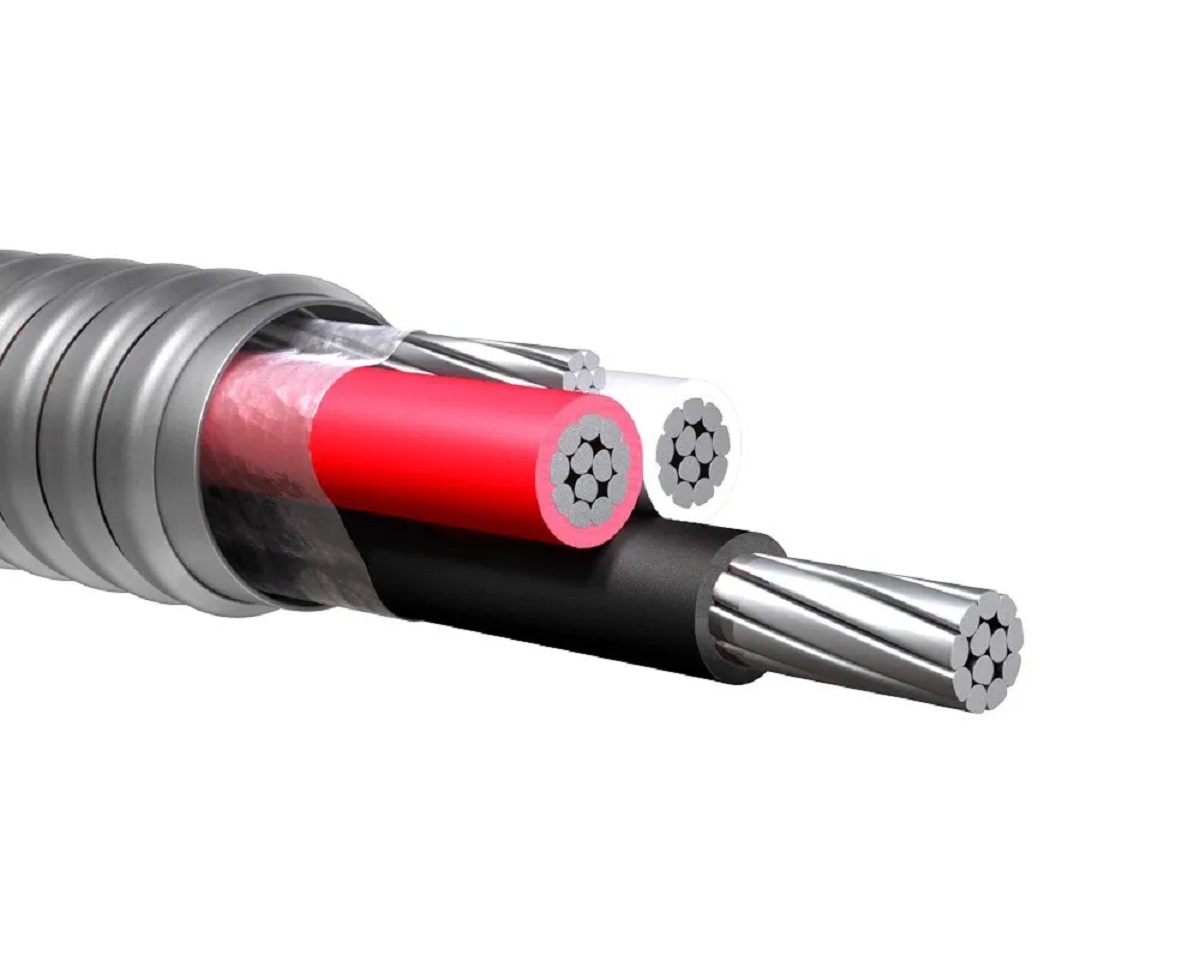
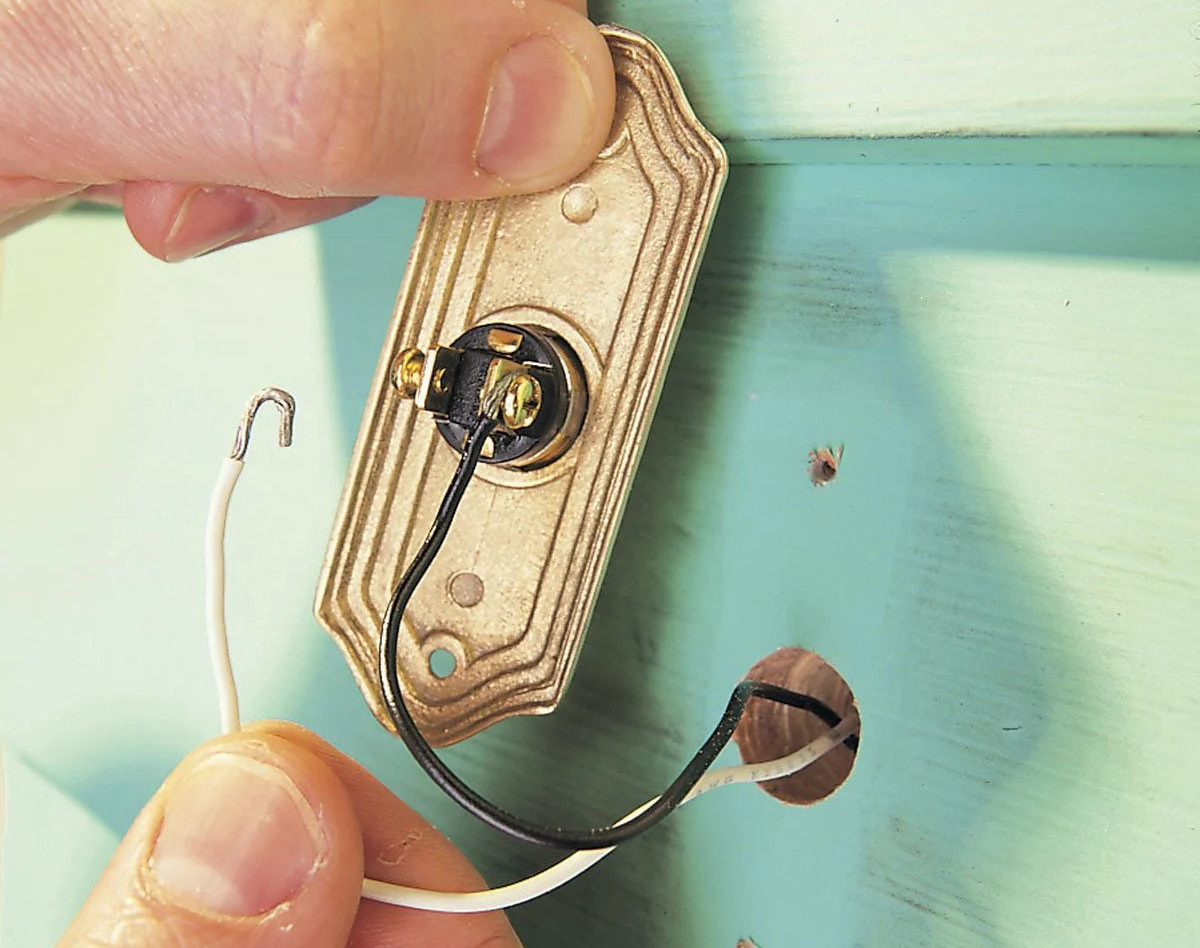
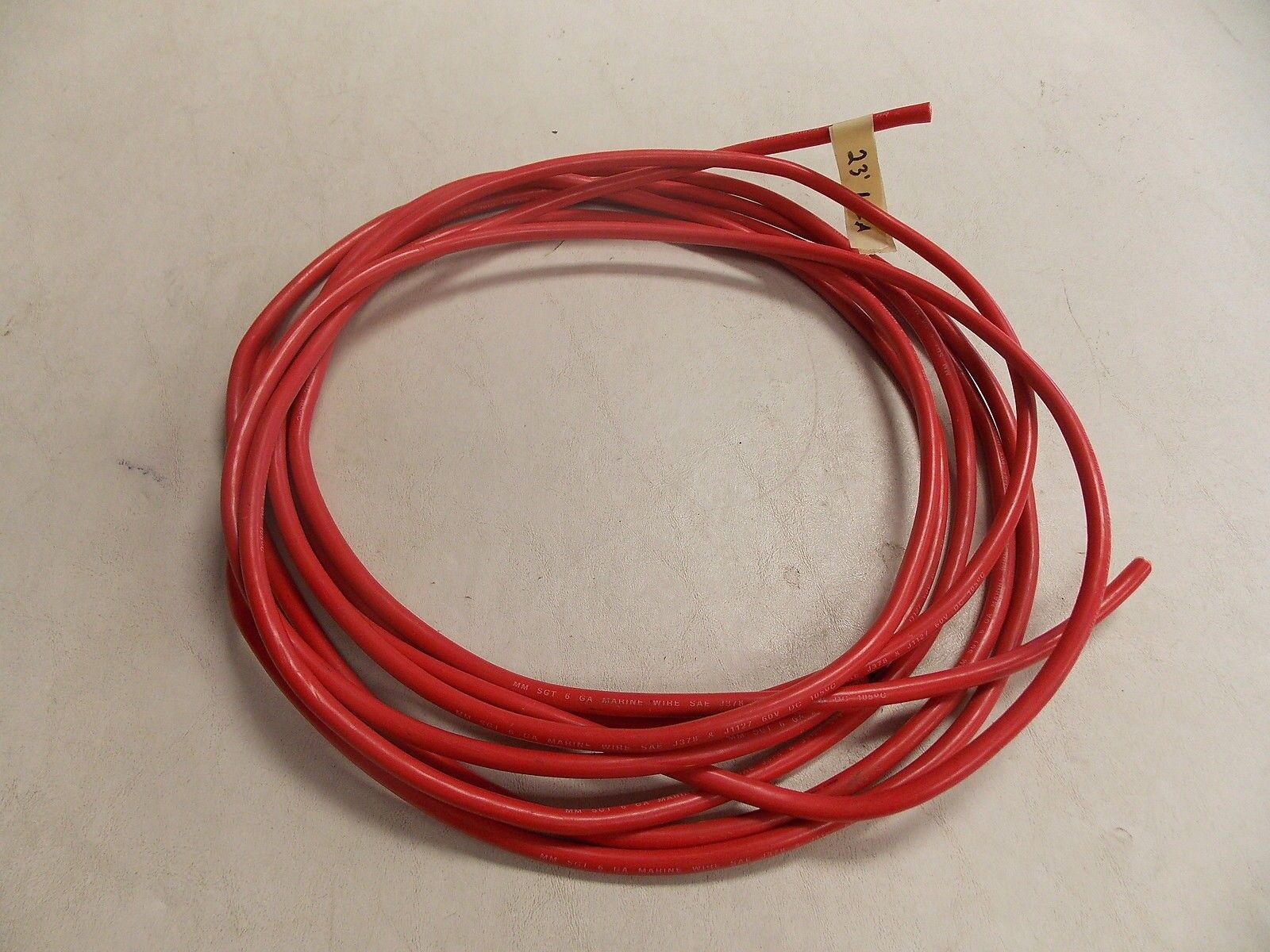
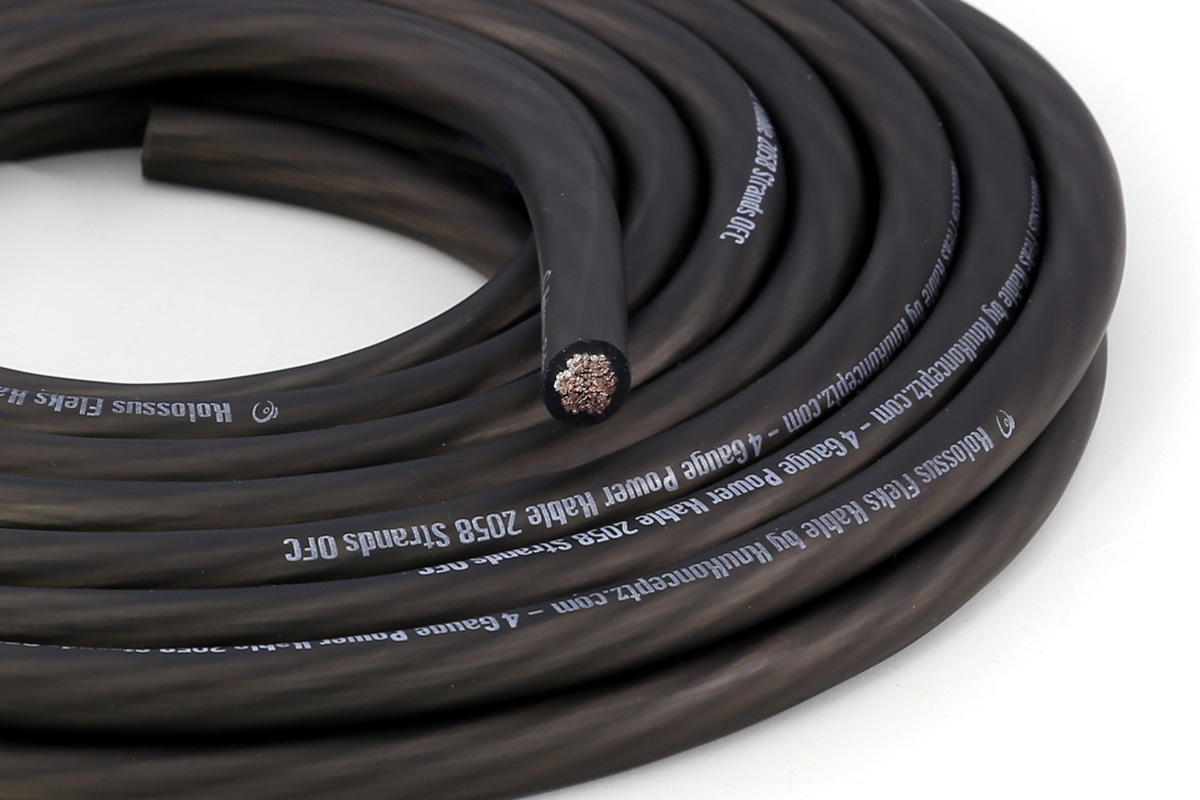
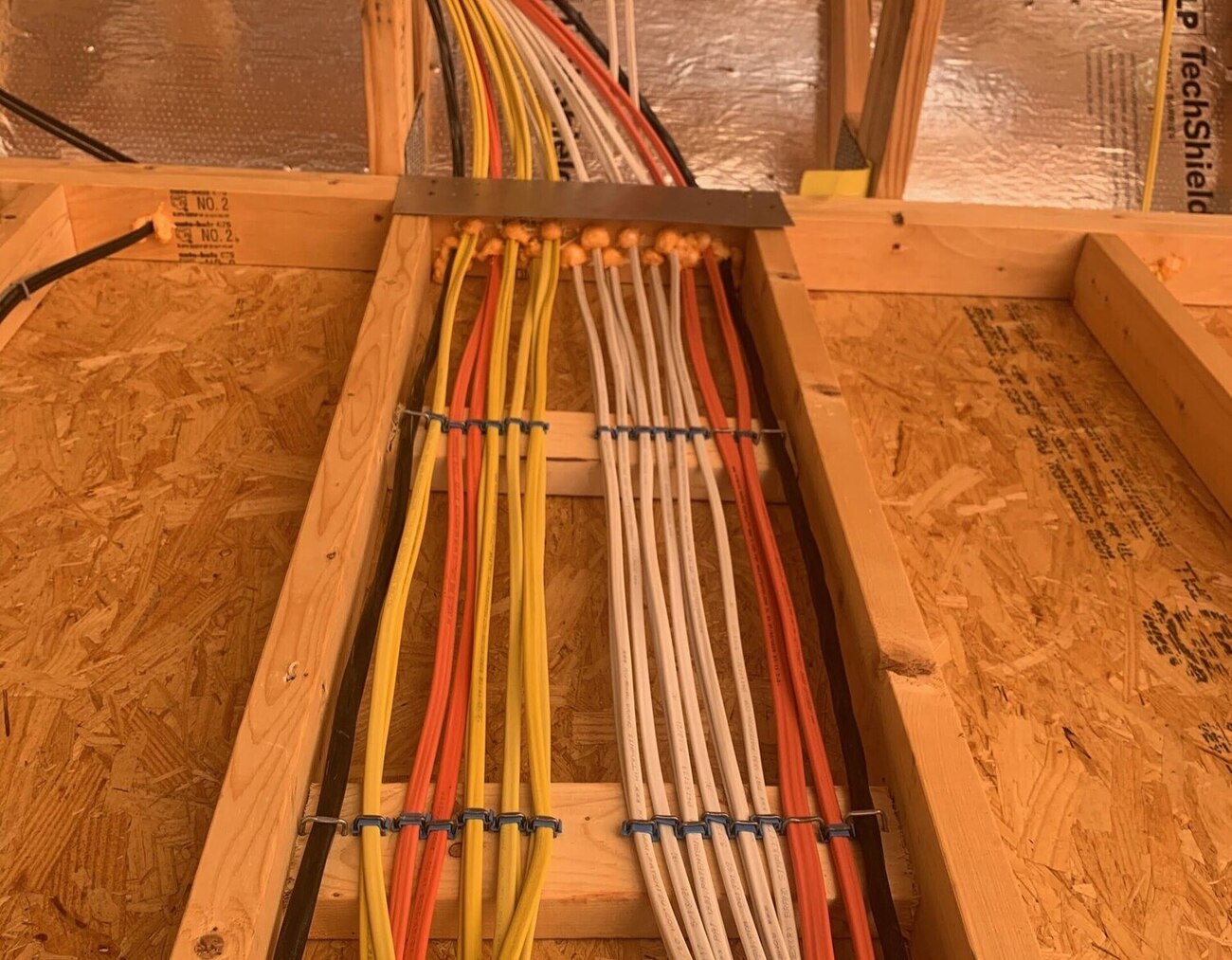


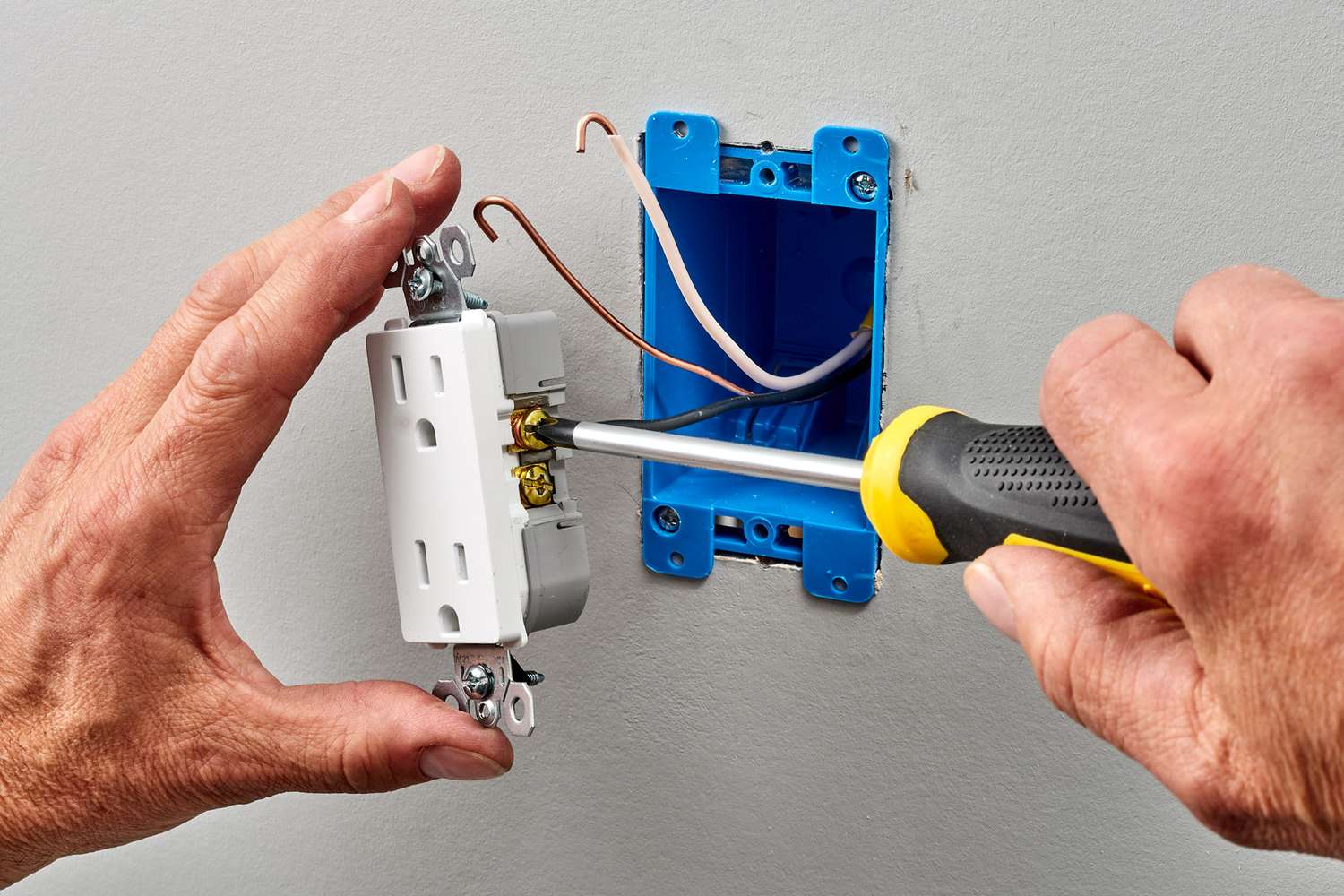
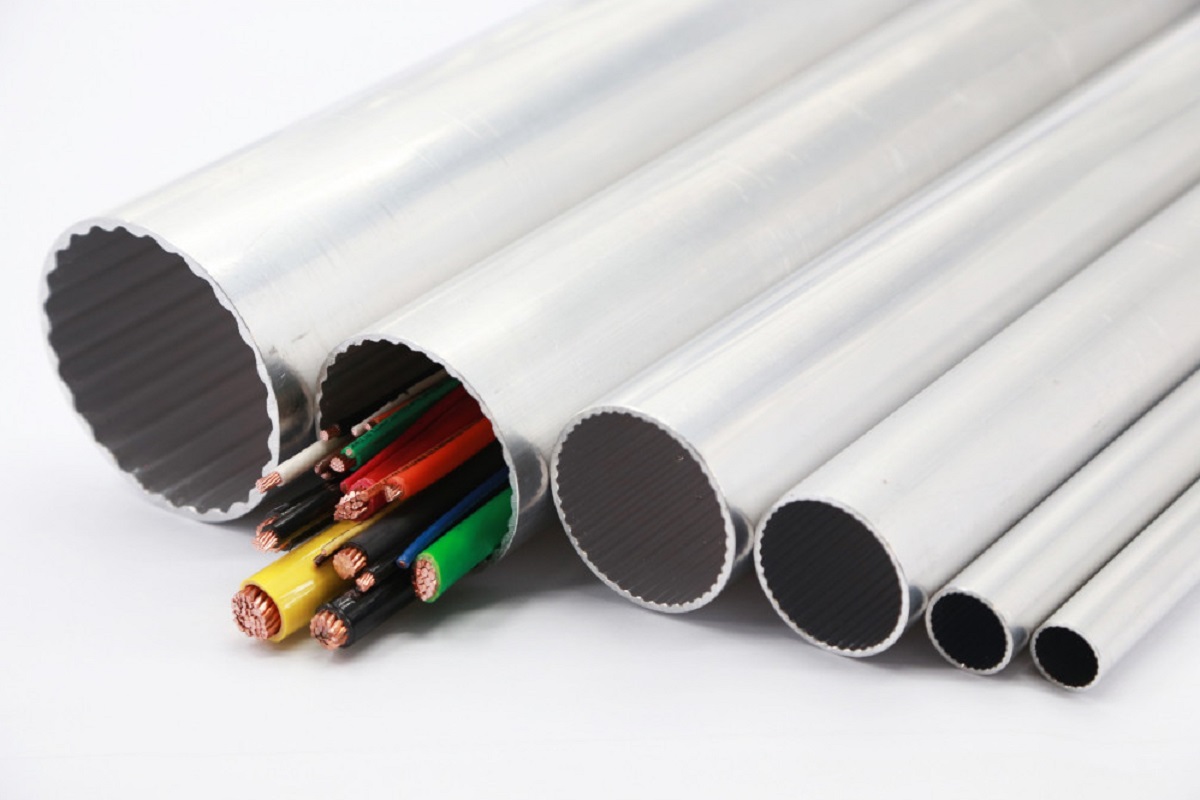


0 thoughts on “What Size Conduit For 4 6-Gauge Wires”